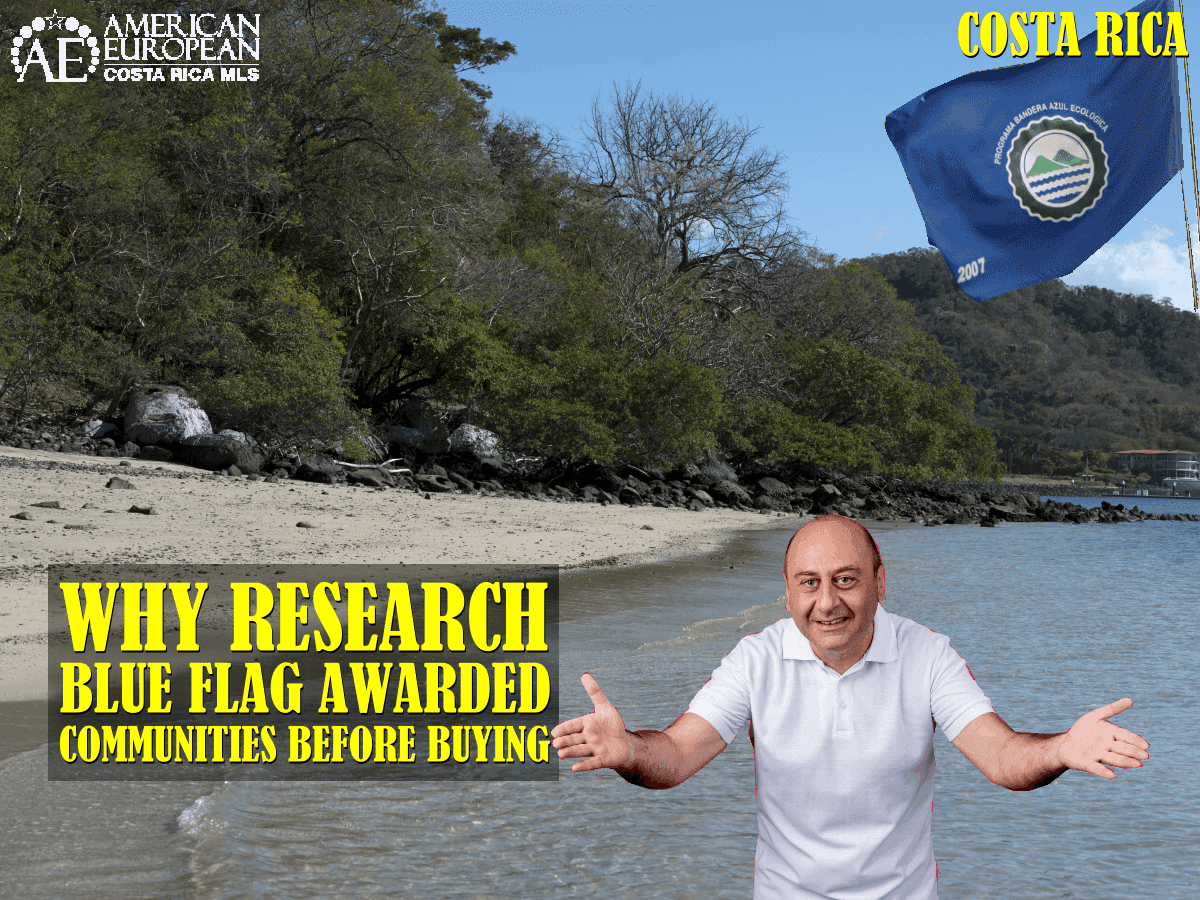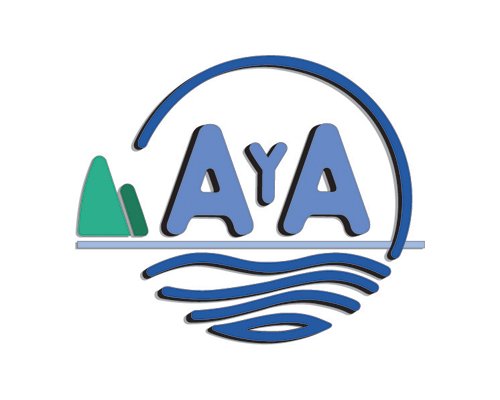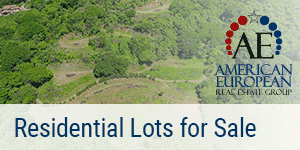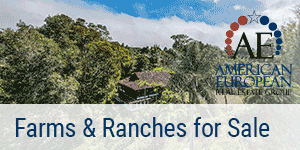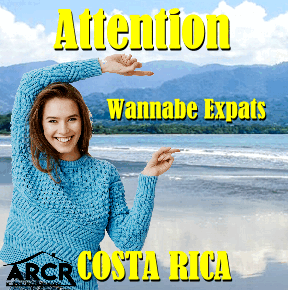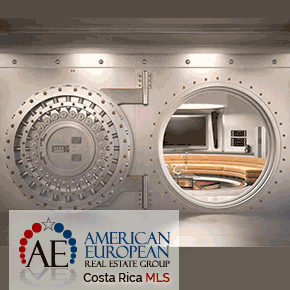Estimated Reading Time: 4 Minutes
Should you look to purchase a beach home in Costa Rica in a Blue Flag community? And what about cities far away from the beaches? What is a Blue Flag, and why would you want to live in a community that was awarded one? Because a Blue Flag awarded community has lots of advantages, you’ll be able to live a much healthier life, and your property will appreciate more.
The F.E.E. (Foundation for Environmental Education in Europe) was created in 1985, and the Blue Flag is a national award for marinas, distinguishing those who love and protect the marine environment. In 1995, the Costa Rican national water company, Acueductos y Alcantarillados (AyA), created La Bandera Azul Ecológica, the Blue Flag, which rewards efforts to achieve hygienic, sanitary, sustainable conditions and optimal services of the country’s beaches. Tourists can now check which beaches are the cleanest.
This means tourists and locals can use the beaches and the ocean without getting sick. Some of our beaches have had issues before. Now, nationals and foreigners work hard with the Blue Flag Award program. Of course, these communities will benefit from this by attracting more tourism.
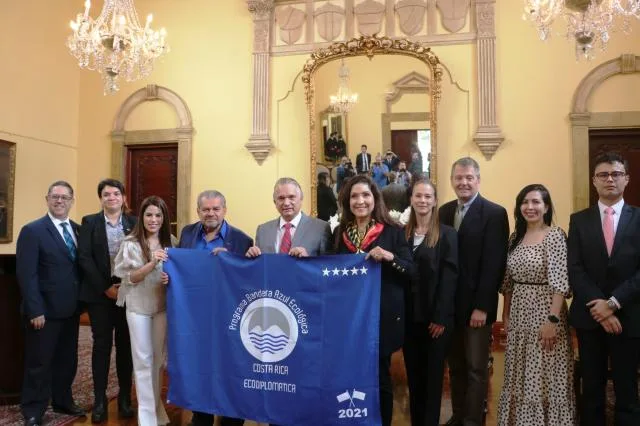
What is the Blue Flag ecological program?
The Blue Flag Ecological Program is an inter-institutional effort. Executive Decrees # 25626-96, # 31610 S-MINAE-TUR, and # 31648 MEP-MINAE-S-TUR made the program official on February 9, 2004.
This included participation from
- the Costa Rica Tourism Institute (ICT),
- National Water and Sewer Service (AyA),
- Public Health Ministry (MS),
- Environment Ministry (MINAE),
- Education Ministry (ME)
- and the National Tourism Chamber (CANATUR).
The Ecological Blue Flag is granted annually to those communities that reach at least 90% of the program’s requirements. For coastal communities, additional efforts are recognized for one, two, and four stars if they make efforts in other considered areas to achieve overall development.
The results are on the Blue Flag Program website, under “galardonados“, although they’re never current. The best way to find out which beaches and locations are awarded this year is to Google it.
2024 Blue Flag Beaches
151 Blue flags were awarded to beaches this 2024 and are distributed as follows:
24 in North Guanacaste,
26 in North and South Guanacaste,
39 in Puntarenas and the Gulf of Nicoya Islands,
28 in the Middle Pacific,
16 in the South Pacific,
and 18 in the Caribbean.
5 Stars
A total of 11 beaches will fly their ecological blue flag with five stars, the highest distinction:
1, Playa Blanca, Punta Leona
2. Esterillos Oeste
3. Playa Blanca, Cahuita National Park.
4. Matapalo, Guanacaste
5. Punta del Madero, Guanacaste
6.. Playa Blanca, Liberia, Guanacaste.
7. Virador, Guanacaste
8. Prieta Beach, Guanacaste
9. Sombrero Beach, Guanacaste.
10. Nacascolo, Guanacaste
11. Playitas, Puntarenas
In addition, 10 beaches were awarded for the first time, and 55 beaches were given special complementary stars in the colors pink, gold, silver, orange, and green, which are a way to motivate or encourage healthy competition among the registered PBAE committees.
Blue Flag Categories
As the years have gone by, AyA has changed its objectives tremendously, allowing for more categories that give an ecological advantage over other countries in the region, and not only the beaches of the country:
Climate Change – Mitigation
Encourage the organization of the industrial, agricultural, health, water resources, and public and private sectors to “maximize competitiveness and minimize the risk caused by the effects of climate change in the country.
Educational Centers
Promote the acquisition of attitudes and values in the student population that influence the development of an environmental culture for sustainable and sustainable development.
Climate Neutral Community
Encourage the integration of the program’s current categories with other civil society actions to make our communities climate-neutral gradually.
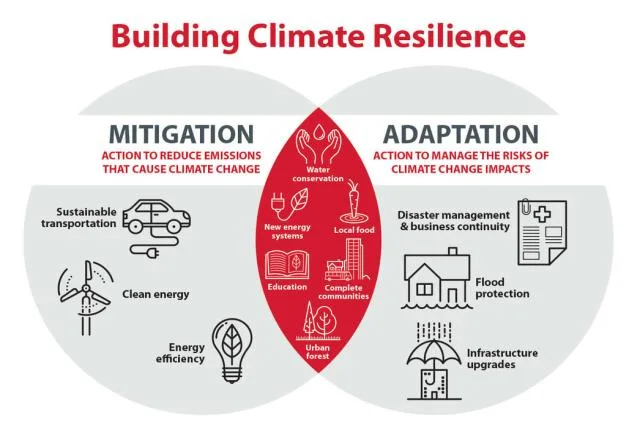
Communities
Encourage inland communities to organize themselves to protect natural resources and tourist attractions and thus provide a better quality of life for local inhabitants and visitors to the participating communities.
Ecclesial Ecology
Encourage Ecological Ecclesial organizations – participation of churches of all religious denominations – to create common meeting spaces and promote development with criteria of socio-environmental sustainability, minimizing the risk caused by the effects of climate change through integral environmental management, which generates a multiplying impact on their centers of evangelization.
Ecodiplomatics
Encourage the formation of local pro-BAE committees (Bandera Azul Ecológica), which will be integrated by the diplomatic representatives in the Embassies and Consulates of Costa Rica in the different latitudes of the world, as well as the Embassies and Consulates accredited in Costa Rica, to carry out hygienic-sanitary actions and to save water, paper, fossil fuels and electric energy and environmental education actions, thus contributing to expanding the ecological philosophy of Costa Rica in the respective countries.
Protected natural areas
To recognize the managers of these spaces for their efforts in promoting and adopting sustainable and environmentally friendly practices through the continuous improvement of sanitary and hygienic conditions.
Special Events
Encourage event organizers to ensure that events have access to potable water for human consumption, adequate solid waste disposal, proper excreta disposal, promotion of clean practices in all event activities, an emergency plan, and, logically, an event organizer with the corresponding legal permits.
Sustainable Homes
Implement concrete actions to reduce the use of water, paper, electricity, and fossil fuels and apply good practices to benefit the environment in each household or home to contribute to mitigation and adaptation to climate change.
Micro-watersheds
Establish an incentive to promote development, protect, and mitigate contamination, improving the hygienic and sanitary conditions of the country’s watersheds.
Municipalities
Recognize municipal efforts in environmental matters by promoting development through the leadership of local governments and the creation of a collective approach to capacity building for the different actors at the municipal level.
Beaches
Establish an incentive for hoteliers, Chambers of Tourism, and coastal communities to protect Costa Rica’s beaches integrally.
Community Health
Encourage the health authorities in each population to carry out activities and actions, together with community leaders, municipal authorities, and health units represented in the communities, to comply with mandatory and complementary parameters and improve health and quality of life in their respective populations.
Agricultural Sector
Encourage organizations in the agricultural sector to maximize competition and minimize the risk caused by climate change through integrated environmental management, which generates a multiplier effect in the country.
Most of us moved to Costa Rica because we enjoy the environment here. Although the world population is growing, and with that, the population in Costa Rica, we would love to keep this country as clean as possible so we can all enjoy it. Therefore, we welcome programs such as the Blue Flag Award and invite you to talk to our agents about the Blue Flag Award for their area.
Heredia is a winner
Xinia Salazar, our affiliate member in the upper areas of Heredia and an active member of her community, says this achievement is a winner. “I am very proud that our small town, Los Angeles, has again received the four-star Blue Flag,” Xina says.
Some of the Heredia towns to obtain the Blue Flag Award are:
- Calle Cienega
- Jardines No2
- La Suiza
- Los Angeles
- San Rafael
- Santiago and Urbanización Santiago
Sewer for the Greater Metropolitan Area
The Costa Rican Water Company (AyA) has initiated a modernization process for the Greater Metropolitan Area sewer systems. This consists of the rehabilitation and expansion of the current system, which includes
- sub-collectors,
- collectors,
- and a secondary network.
Also, they already started the construction of treatment facilities to treat wastewater. But this process may take years.
AyA (Acueductos y Alcantarillados) is not only in charge of the potable water in Costa Rica. They also manage the water sewage systems and controls. At present, only 45% of the Greater Metropolitan Area’s population (575 thousand inhabitants) have access to a sanitary sewer system. So, with the rehabilitation and extension of this system and building a treatment plant for wastewater, the benefits will be extended to 65%, i.e., 1,070,000 inhabitants.
This way, the national sanitary sewage without treatment will decrease from 20.1% to 0.5%. Conversely, the wastewater that goes through a treatment plant will pass from 3.5% to 26.8%.
AyA is now permanently working on improving pipes, sewers, and networks to reduce pollution and improve communities’ environment and health conditions.


